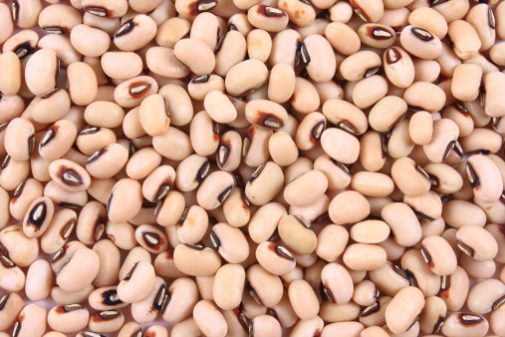
This can be the unsung hero of your diet

As we talk about nutrition these days, there’s lots of buzz about sugar and salt, along with things like calories and saturated fat. We know it’s good to limit these.
Fiber doesn’t get as much buzz, but it’s important. It could be the unsung hero of nutrition.
What is fiber?
Fiber is otherwise known as the “bulk or roughage” found in plants. Dietary fiber is the kind that you eat. It’s a type of carbohydrate and comes in two forms: soluble and insoluble.
Soluble fiber dissolves in water and becomes a gel, which slows digestion. Research shows that soluble fiber lowers cholesterol, which can reduce the risk of coronary artery disease and stroke by 40 to 50% (compared to a low-fiber diet). Soluble fiber is found in:
- Oats
- Barley
- Nuts
- Seeds
- Beans
- Lentils
- Peas
- Fruits and vegetables such as raspberries, apples (eat the peel), bananas, oranges, strawberries, potatoes and dark-colored veggies such as artichokes, carrots, beets and broccoli.
Insoluble fiber appears to speed the movement of foods through the stomach and intestines and adds bulk to the stool. Insoluble fiber is recommended to treat digestive problems such as constipation, hemorrhoids, chronic diarrhea and fecal incontinence. Insoluble fiber is found in foods such as:
- Wheat bran
- Rye
- Fruits and vegetables
- Whole grains
What’s it good for?
Eating dietary fiber helps you feel fuller longer and therefore helps you control weight. Fiber also promotes digestion and helps prevent constipation. The National Institutes of Health have found increasing fiber intake also:
- Appears to significantly lower risk for developing coronary heart disease, stroke, hypertension, diabetes, obesity and certain gastrointestinal diseases
- Lowers blood pressure and serum cholesterol levels
- Improves glycemia and insulin sensitivity in non-diabetic and diabetic individuals
- Benefits a number of gastrointestinal disorders including gastroesophageal reflux disease, duodenal ulcer and diverticulitis.
Dietary fiber provides similar benefits for children and adults.
How much should you eat?
Most of us don’t get enough fiber. Women should eat around 21 to 25 grams per day (the lower amount for women over age 50), and men 30 to 38 grams (the lower amount for men over age 50). Dietary guidelines give specific guidance about how much fiber is in many foods.
Take care to ease into adding more fiber to your diet. Too much too soon can result in digestive problems and discomfort. Drink plenty of water to aid in digestion.
Younger children will not be able to eat enough calories to reach the amounts mentioned, but it’s a good idea to include whole grains, fresh fruits and other high-fiber foods in your child’s diet.
If you’re thinking of taking a fiber supplement, visit with a health care professional first. There are different types of supplements, and their nutritional values vary. It’s generally considered best to get your fiber from foods.
A registered dietitian or your health care provider can give you reliable guidance about the right nutrition for you and how you can comfortably include more fiber in your diet.
Are you trying to watch your weight? Learn more about your healthy weight range by clicking here.
Amanda Motl is a registered dietitian and certified diabetes counselor at Aurora Medical Center in Summit, Wis.
Related Posts
Comments
6 Comments
About the Author
Amanda Motl, RD, CD, CDE is a registered dietitian and certified diabetes counselor at Aurora Medical Center in Summit, WI.









Good information
With the growing fear in so many, this fiber information I found to be very informative.
Your directions regarding fruit is very miss leading for people with diabetes since most professionals I have been in contact with state that I you should not eat oranges, bananas, and several other on the list because of the high content of carbs and sugars in these items. Did I miss something?
Henry, you may have missed the last sentence. “A registered dietitian or your health care provider can give you reliable guidance about the right nutrition for you and how you can comfortably include more fiber in your diet.” This article gives general information about fiber, but finishes with a note to check with a medical professional for individual advice.
Dietary tips
we are in our 80tis. and like to make it to 90.